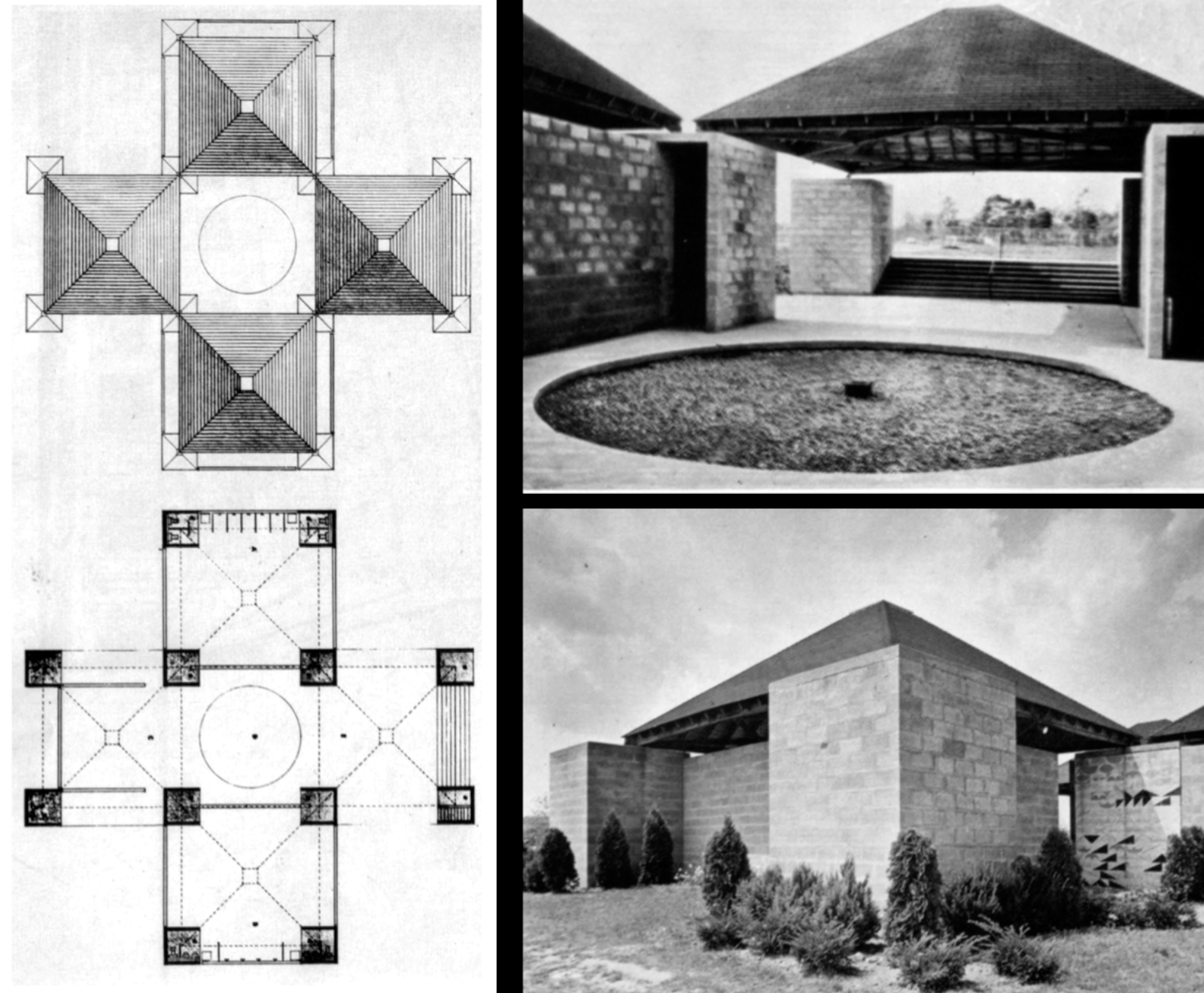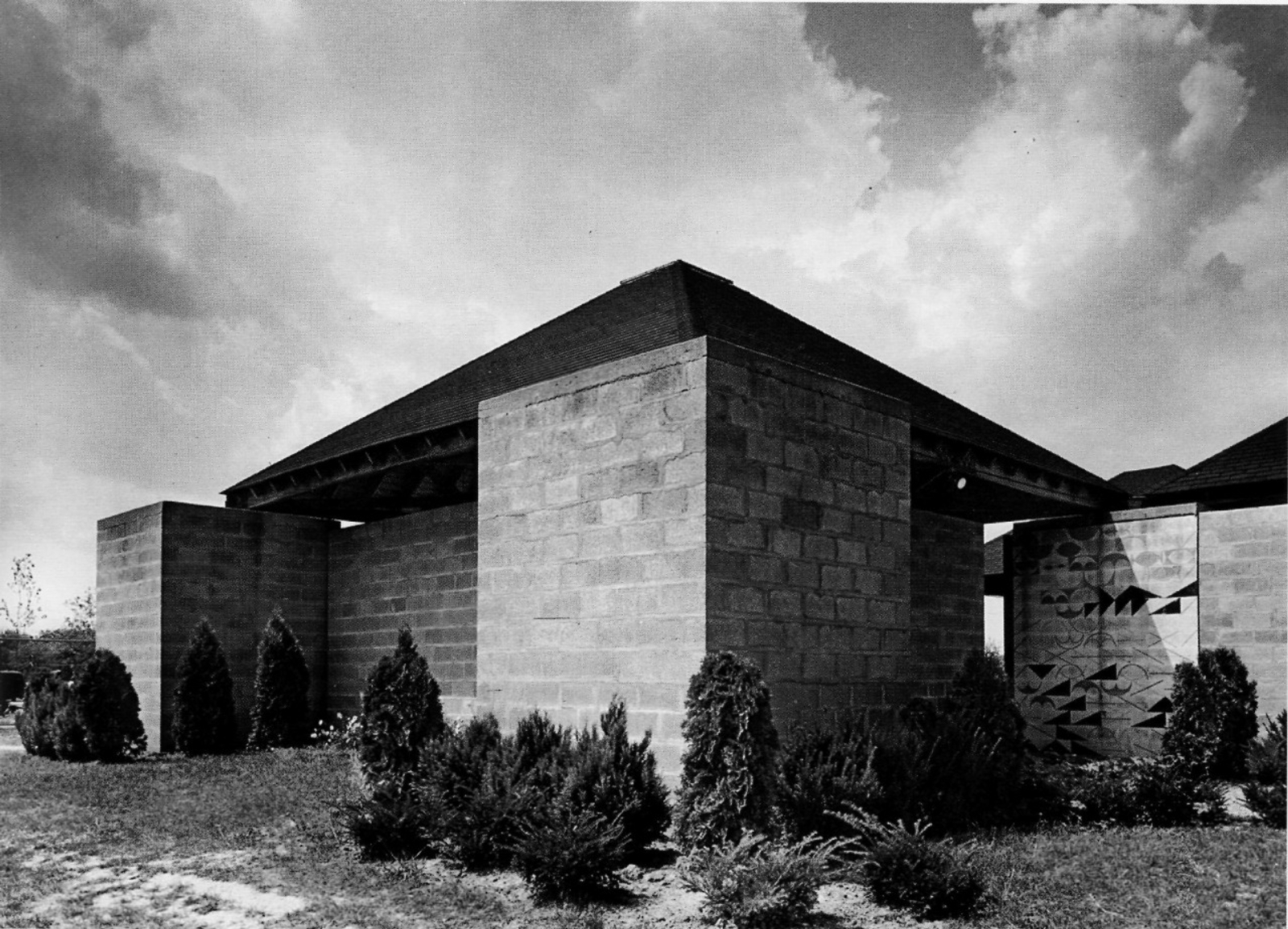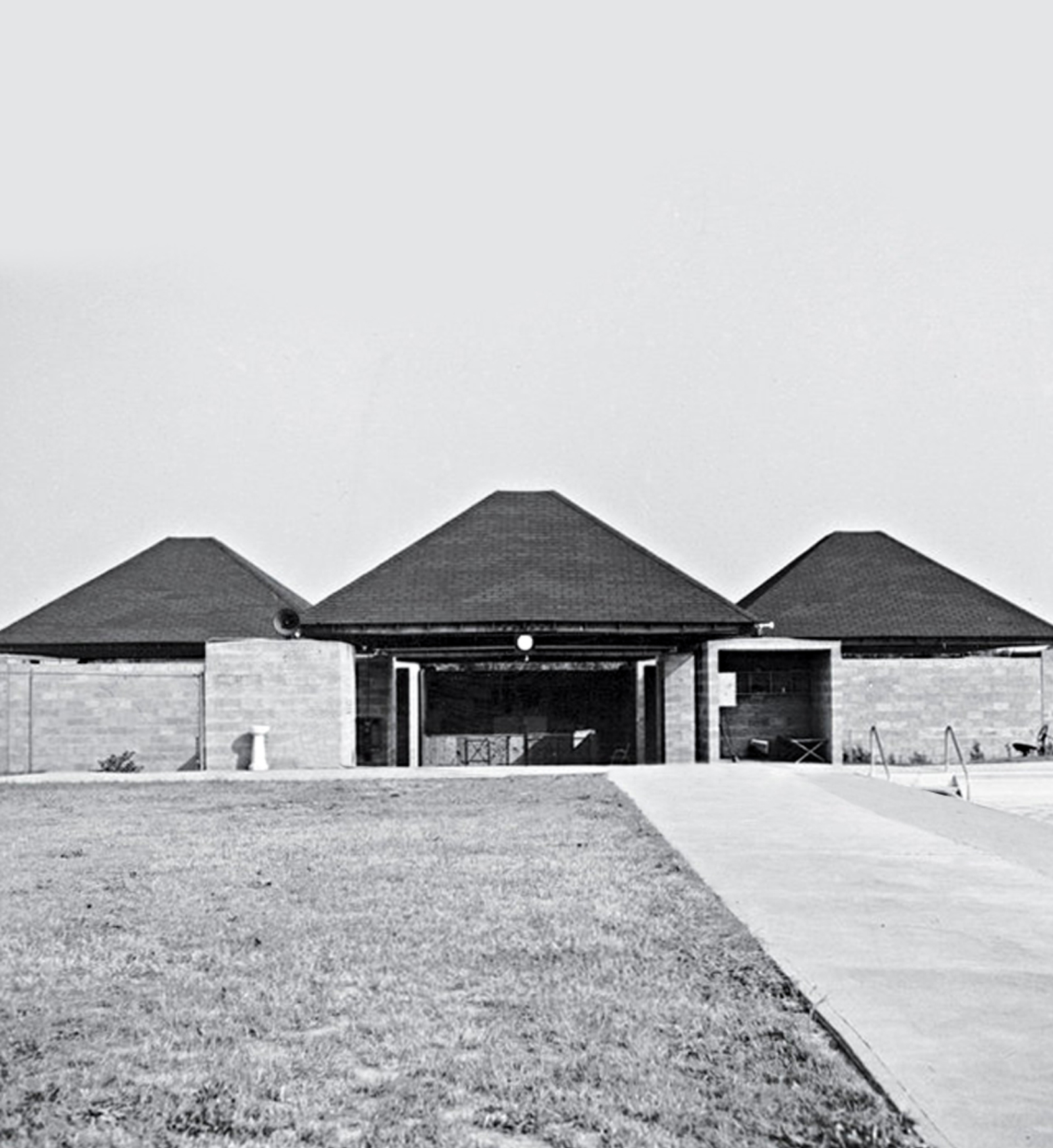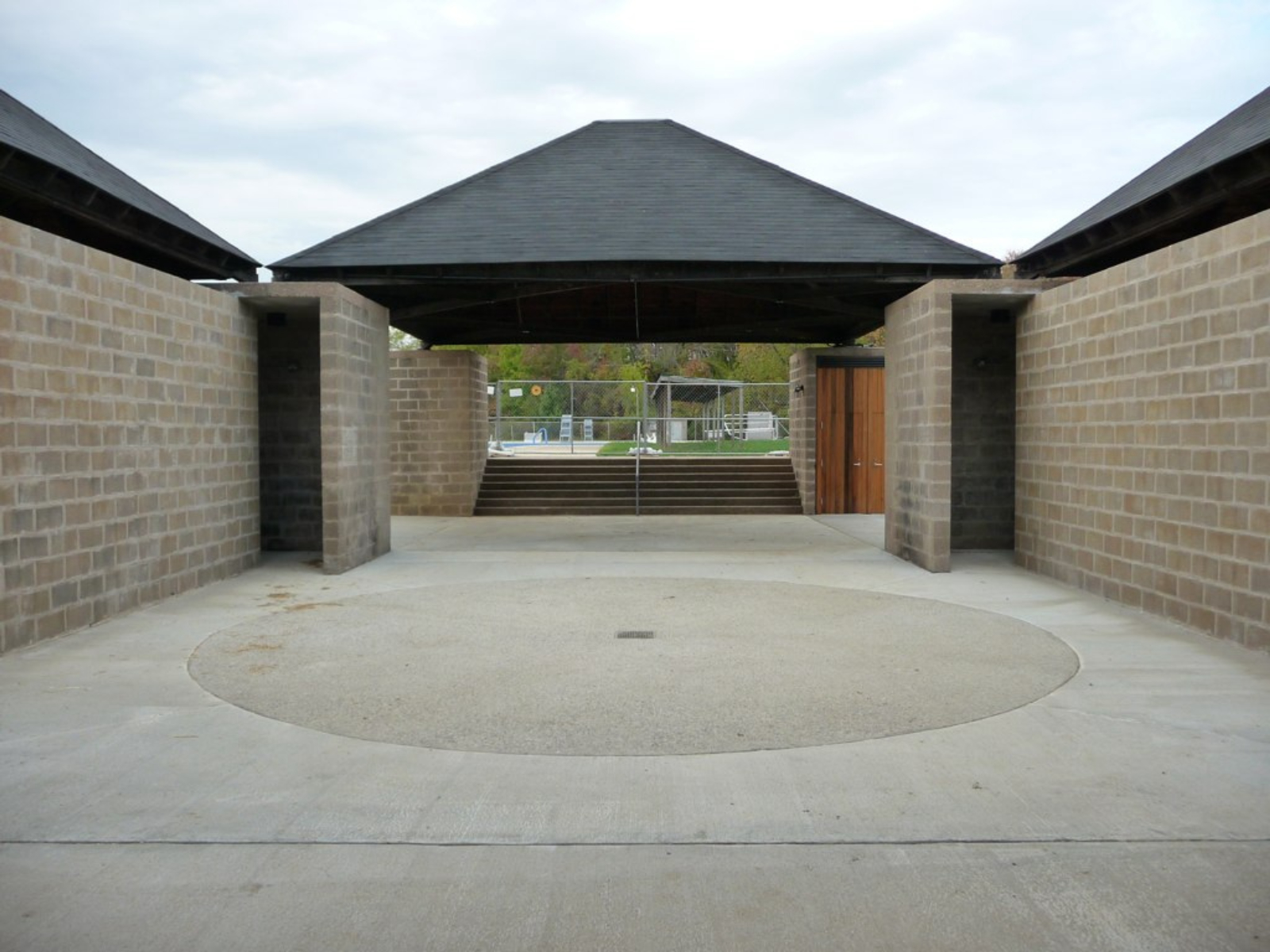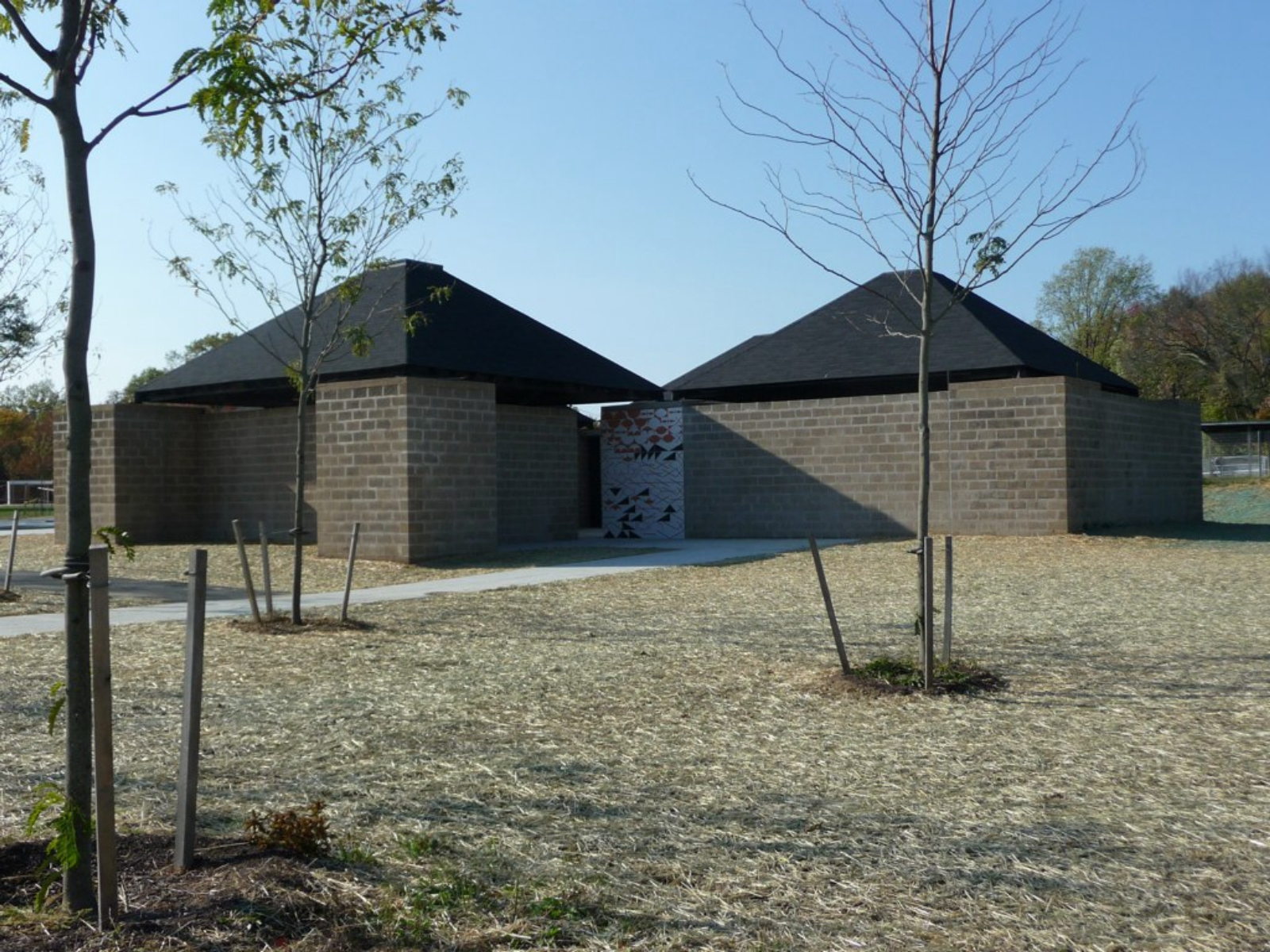Awards
Advocacy
Award of Excellence
Civic
The jury awards a Citation of Merit to Mills + Schnoering Architects, LLC for the restoration of the Trenton Bath House and Day Camp Pavilions in Trenton, New Jersey. The jury notes the heroic preservation efforts of the previously threatened site and the sensitivity of the restoration of the 1954-1957 Louis I. Kahn and Anne Tyng design., NJ 08628
- Farewell Mills Gatsch Architects, LLC – (Project Management, Design, Preservation - now Mills + Schnoering Architects, LLC)
- Heritage Landscapes - (Landscape Architecture)
- Wu & Associates, Inc. - (Restoration Contractor)
- Mercer County Division of Planning,Susan Solomon, PhD
- Keast & Hood Co. - (Structural Engineering)
- Joseph R. Loring & Associates - (MEP Engineering)
- The RBA Group - (Civil Engineering)
- Gilbane - (Cost Estimating)
- De Sapio Construction, Inc. - (Contractor - Snack Bar)
Primary classification
Secondary classification
Terms of protection
Ewing, NJ preservation ordinance
Designations
National Register of Historic Places, February 23, 1984
New Jersey Register of Historic Places, January 6, 1984
Author(s)
How to Visit
Location
999 Lower Ferry RoadEwing Township, NJ, 08628
Country
US
Case Study House No. 21
Lorem ipsum dolor
Designer(s)
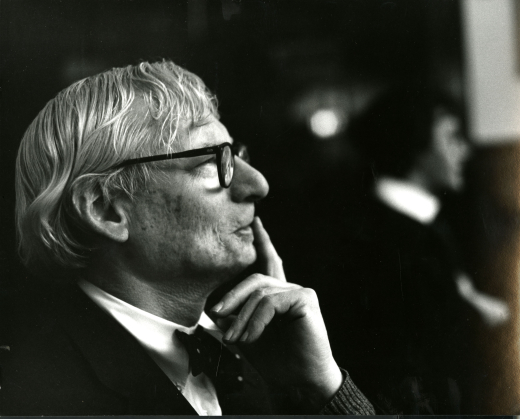
Louis I. Kahn
Architect
Nationality
American, Russian
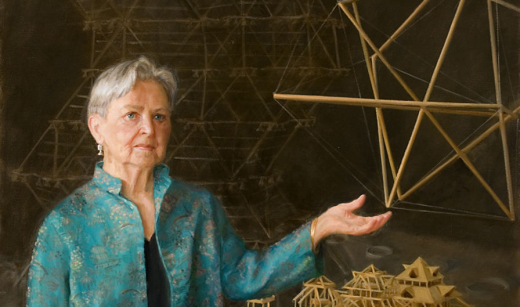
Anne Tyng
Architect
Anne Griswold Tyng devoted her career to achieving a synthesis of geometric order and human consciousness within architecture. Since the 1950s, when she worked closely with Louis I. Kahn and independently pioneered habitable space-frame architecture, Tyng applied natural and numeric systems to built forms on all scales, from urban plans to domestic spaces. Her work and ideas pushed the spatial potential of architecture.
Other designers
John Hirsch, Stanley Dube, Keast & Hood (consulting engineers)
